The main goal of antique furniture restoration is to restore the piece back to its former glory in a sympathetic manor. It’s highly important to keep antique furniture as original as possible by restoring the appearance and preserving the patina with minimal disturbance and this will avoid loss in its value. If French polishing is needed then this must be done in the traditional manor using quality shellac polishes.
In some cases, it may be just a case of lightly cleaning the original finish on a piece of furniture to remove years of dirt and grime, with little or no repairs needed. It is essential that the original patination is retained, if possible. Stripping the old finish off and re-polishing is only done as a very last resort, especially with antique furniture as this could devalue the piece and take away the originality of it.
The Patina, charm and character takes over one hundred years to develop and cannot be replicated. Patina develops because of years of waxing, polishing, dusting and general handling. Removing the patina from antique furniture can considerably reduce the value as collectors want to see the originality of a piece. Antique furniture usually comes with charm, character from general wear and tear over the years. This can often be revived and restored using traditional cleaning techniques to bring the wood back to its natural beauty without damaging the patina.
It is important to gather research and history into the period and construction of the piece of furniture to find the correct methods to restore back to the original condition. Always use old surface woods and veneers that match the original woods as closely as possible in colour and grain to achieve the best repair.
How to clean and revive antique furniture.
Over a period of years, there can be a build-up of dirt, grease and grime on antique furniture. Sunlight can also affect the colour and texture of the finish. There are different steps that can be taken to help revive or clean a polished surface. The process of revival requires care, patience and sensitivity, but with the right application the original colour and sheen will be revealed. Different materials will require different methods, but the one common theme is to clean a small part at a time to enable the desired effect to be reached and not overdone.
Before cleaning it is a good idea to remove all metal and brass fittings. Be careful not to scratch the wood when removing. One of the best cleaning methods is to use Priory Polish Reviver. It is a cleaning product used to revive French polished surfaces on antique furniture. It removes dirt, grease and grime from all polishes wood surfaces. It can also be used to burnish newly polished surfaces to produce a beautiful sheen. Before use ensure the bottle is shaken well as the recipe settles. Then to apply the polish reviver take some very fine wire wool (0000) or a clean cotton cloth, always working with the grain. Apply firm pressure to draw out the dirt and remove the excess with a clean buffing cloth which will lift the dirt and grime out of the timber. Some areas may require several applications to obtain best results.
Next we would recommend a good quality Bees wax. Priory finishing Wax is a blended beeswax which is available in 2 distinctive wood shades for dark woods and light woods. It is very successful for finishing previously polished wood. Antique furniture should be waxed on a regular basis as the wax feeds, protects and nourishes both the timber and leathers on antique desks. Before use ensure all surfaces are free from dust. Then to apply the wax take a clean cloth, sponge, brush or very fine wire wool (0000), and apply in the same direction of the wood grain where possible. To obtain a uniform colour, always wipe evenly, blending the wax over the whole surface area by using a small amount of pressure when applying by hand. Once the entire surface is coated, it should be left to dry and soak into the timber for about 10 minutes. Then once the wax is dry remove any excess using a separate clean cloth to buff off. The application of additional coats of wax will deepen the existing colour and significantly enhance the resulting sheen level.
This is a side of a bookcase which as you can see was really dirty. After using polish revive and ultra-fine (0000) wire wool to clean and revive the side as you can see the original finish appeared and cleaned up to a stunning rich colour and was finished with a lovely sheen thanks to our dark finishing wax.

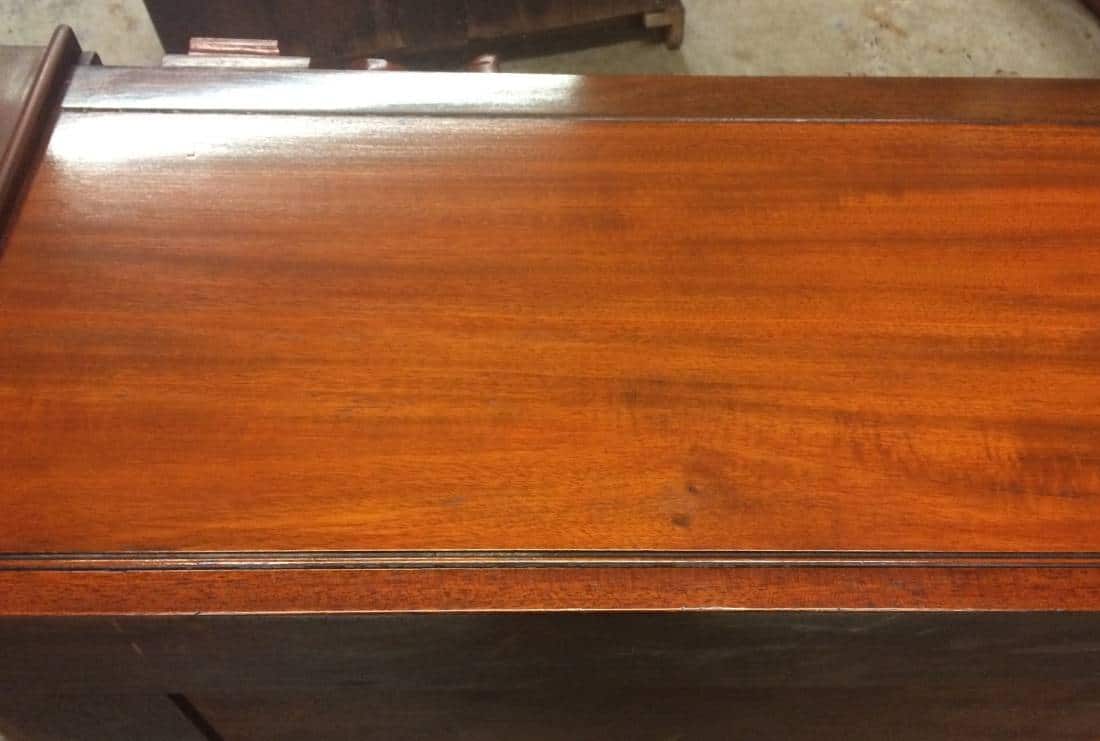
A few more helpful tips
We have done a detailed article on helpful hints and tips on restoring antique furniture. This includes how to apply Wax, how to disguise a scratch in wood, how to treat woodworm, fill holes in wood and many, many more. Please see the full article here.
Some other things to remember is to clean furniture inside and out, as this will remove any dust and cobwebs. Dust can actually dry the wood over time, so it is always best to keep pieces as clean as possible.
Traditional French polishing
Traditional french polishing involves the use of original hand finishing techniques using shellac polishes. It is a technique of applying thin layers of shellac polish onto wood surfaces to produce a high gloss sheen. French polishing has been a technique used since the 18th century but was more commonly used in the 19th century on antique furniture. French polish (Shellac) is a natural finish, made from the shells of lac beetles. French polishing produces a beautiful sheen and brings out the natural beauty and grain of the wood. French polishing is very slow and a time consuming process but is essential in the restoration of antique furniture as this was the traditional finish used.
Antique Furniture Restoration Projects
This was a universal table that the finish was beyond saving as it was sun faded and worn. This had to be completely re-french polished to bring back its natural Mahogany colour.
This was a walnut Victorian Chest of Drawers that needed to be fully restored and french polished.


This was a Windsor chair that we cleaned and revived the original finish using polish rever and a wax to preserve the years of patina that has built up.


Repairs must be done carefully. This is an example of repairing broken /missing mouldings or beading using old timbers.
Upholstery is also very important to have done traditionally and to keep original. If the top cover is in need of replacement, try to keep the original stuffing and springs. This pair of Victorian foot stools were a complete re-upholster using traditional horsehair stuffing.
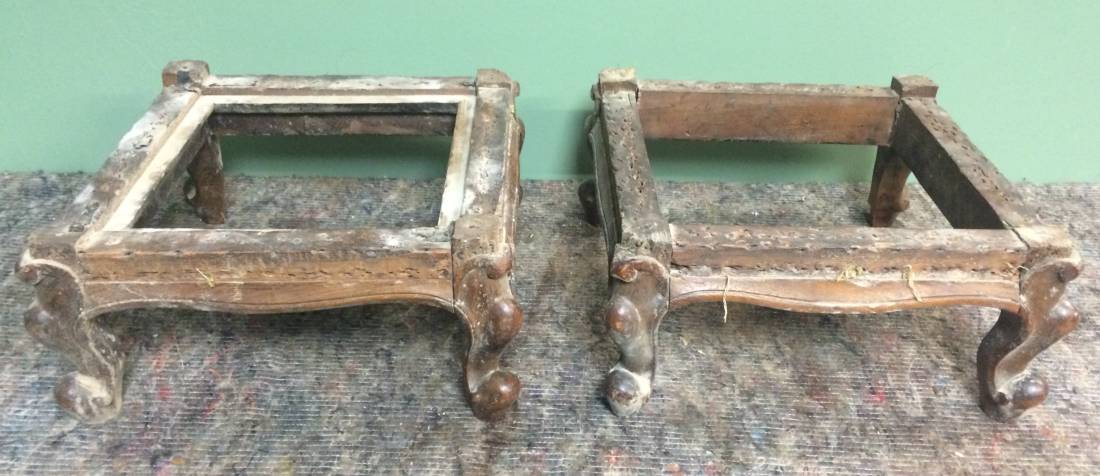

This arm chair just needed the top cover replacing.

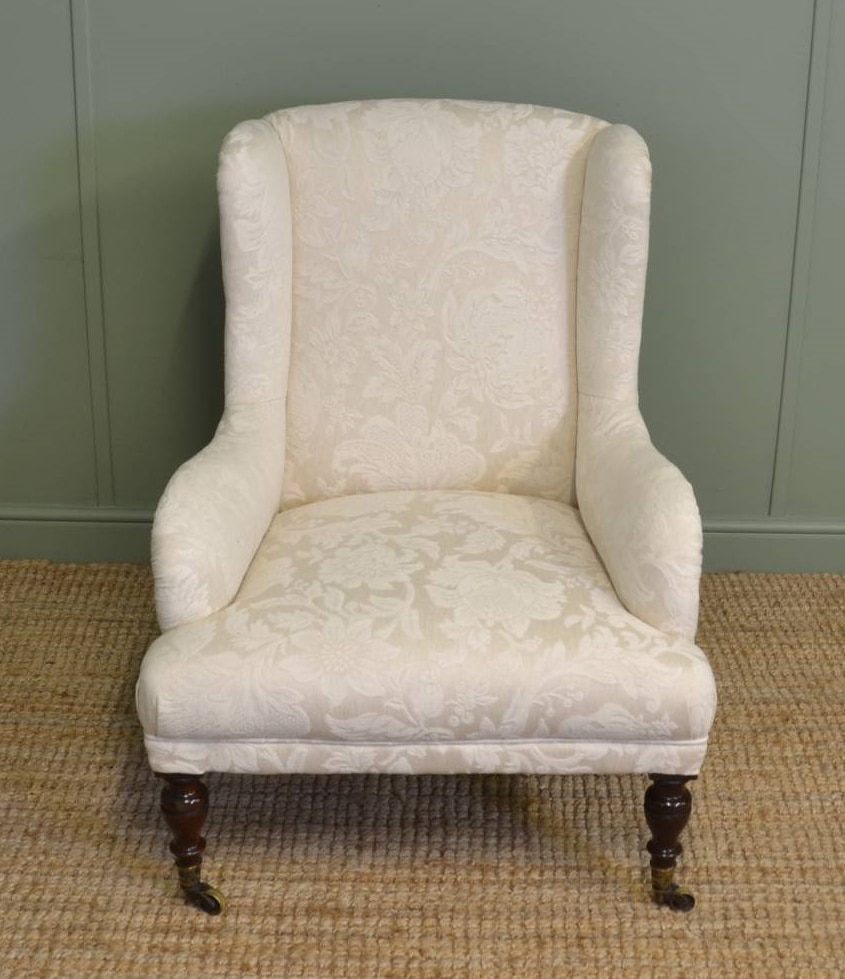

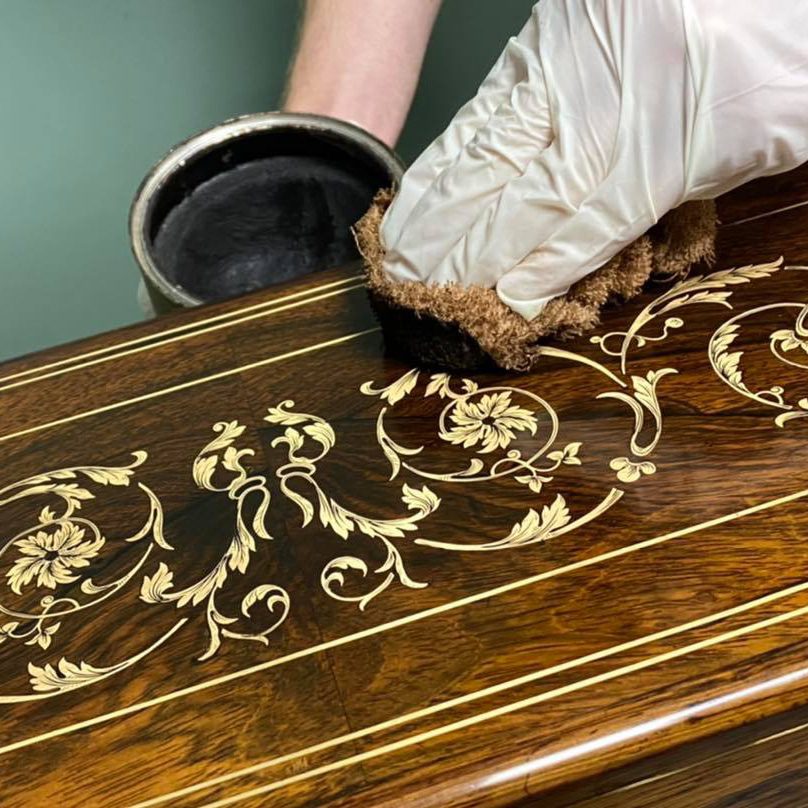
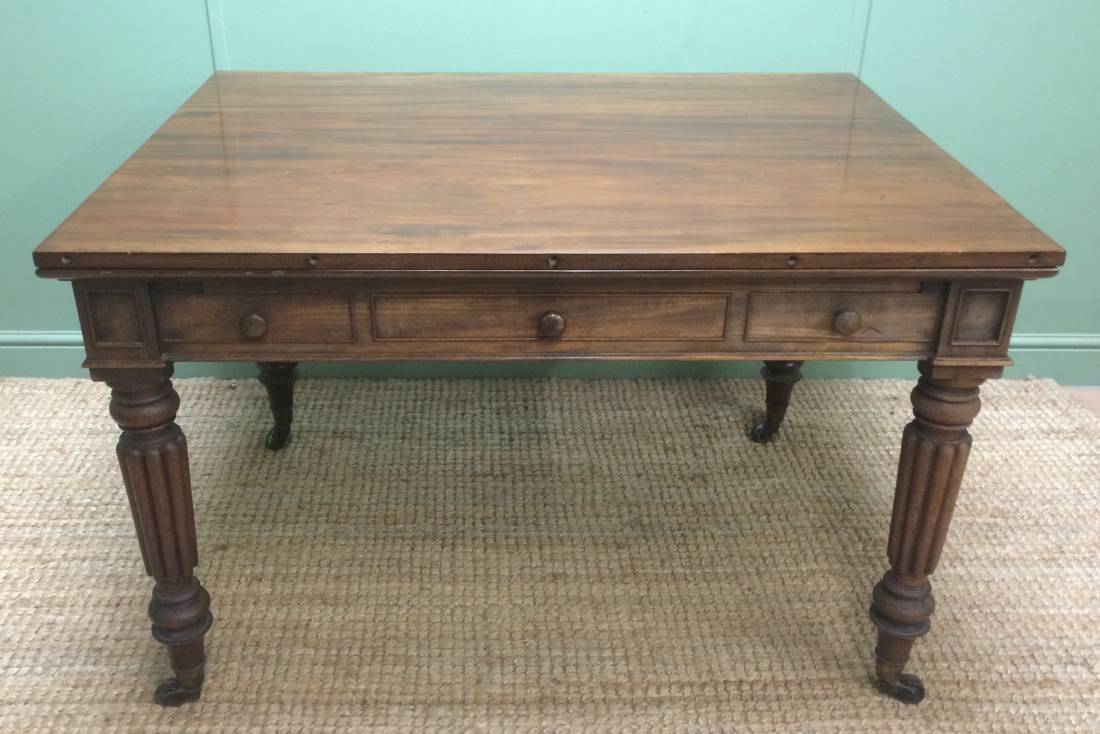
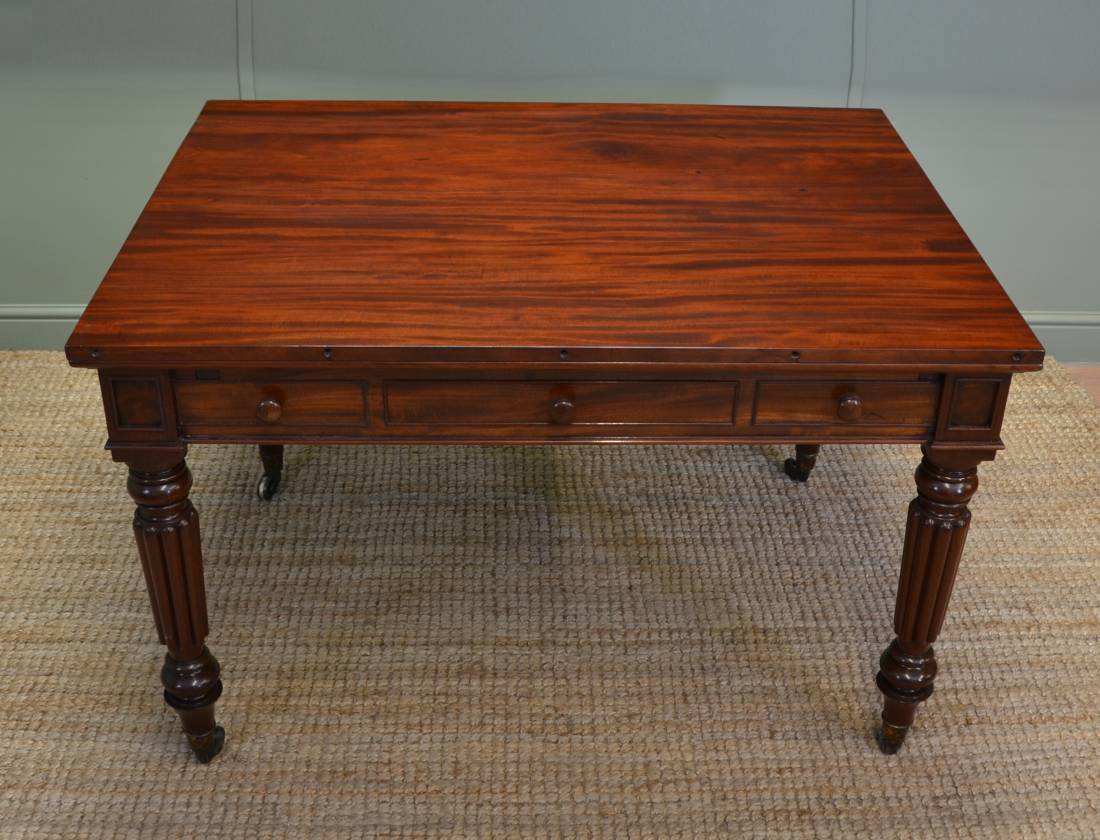

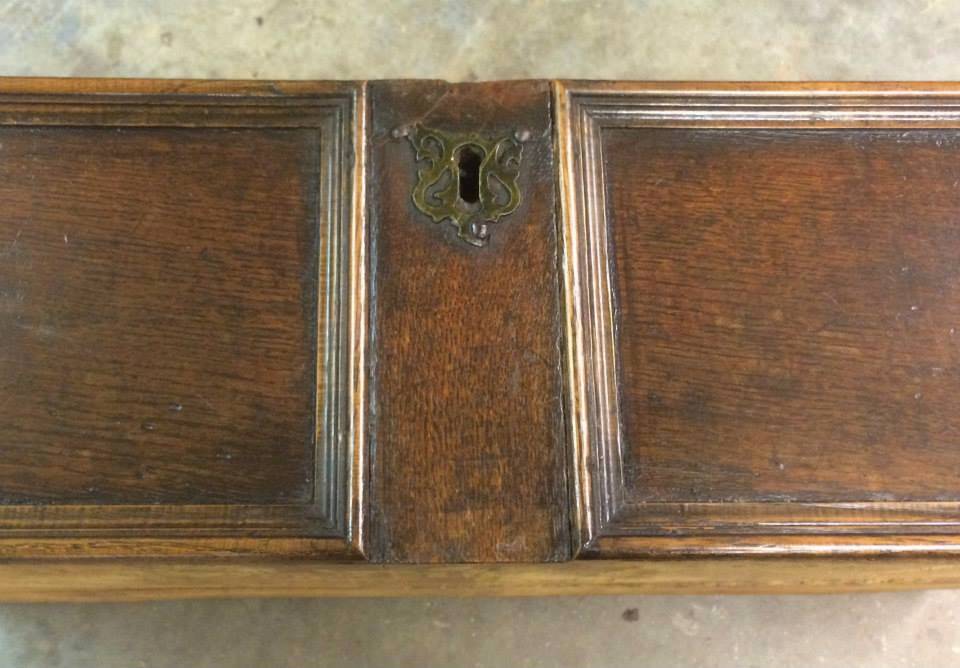
4 Comments. Leave new
Beautiful furniture, brilliantly restored in the correct manner. Well done!
I got an antique wooden small chair and a small tall wooden cabinet.
This wants a good clean and up to standard please.
Hi
I would usually clean using a polish reviver first to remove any dirt or grime. Then if this has cleaned successfully I would finish using a good quality wax . Always test a small area first. This works on most antiques if you just want to clean and revive the original finish
I hope this helps
I got a small wooden antique chair and small antique wooden cabinet.
Needs to give this back to life .